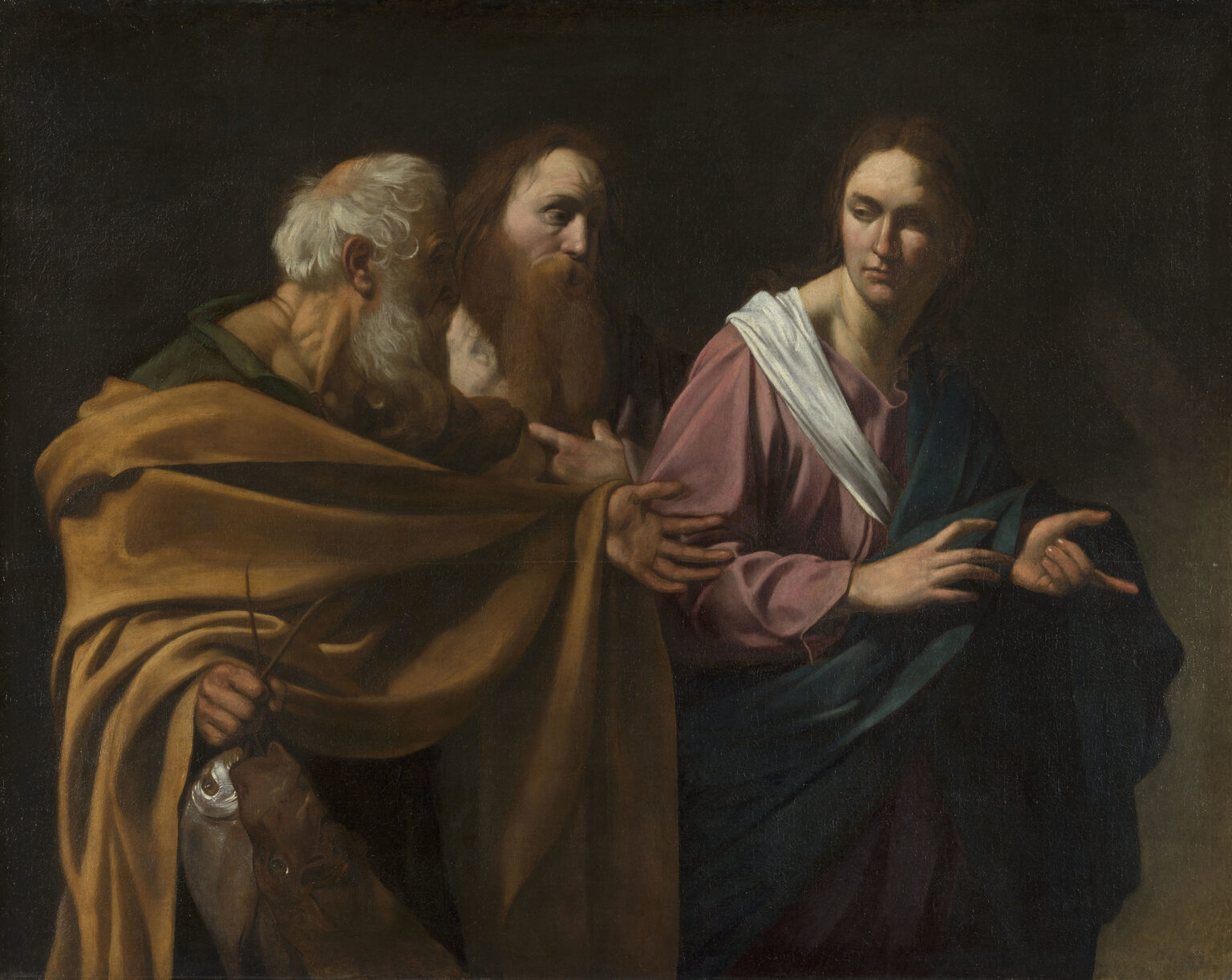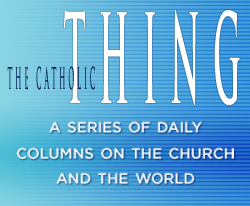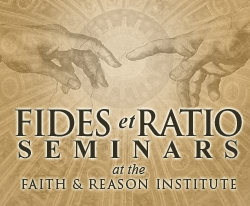Brothers in Christ: Caravaggio’s ‘The Calling of Saints Peter and Andrew’
It’s odd and wonderful that these things happen. I’m speaking of the discovery or re-discovery of paintings by great artists. In some cases, they are complete surprises (a masterwork previously unknown or, anyway, lost to history); in other cases, a work well-known, but misattributed. I’ve written previously here about two such occurrences involving the Baroque master Caravaggio. This column is about a third.
The Calling of Saints Peter and Andrew was found in a Hampton Court Palace storeroom, forgotten for hundreds of years, after having been purchased by King Charles I in 1637. Then came the Commonwealth and Charles’ execution in 1649, at which point the painting was sold.
English history being what it is, then came the 1660 Restoration and Charles II, who re-purchased The Calling of Saints Peter and Andrew. And then . . .
I pause for clarity: The House of Stuart’s Charles I, ostensibly Protestant, married Henrietta Maria of France, definitely Catholic. This did not sit well with English Protestants, who were also angry at the king’s tolerance of Catholics. Thus, the English Civil War, at the end of which the king was beheaded. Then came the Commonwealth and the restoration of the monarchy following the line of succession, meaning Charles II became king. Then, two years later, came the exile of Charles II, who was rumored (correctly) to be a secret Catholic, and, not so many years later, the Act of Settlement that banned anyone Catholic (or a Protestant who simply married a Catholic) from ascending to the throne. Charles II did return to England and died at Whitehall. Thus, the uneasy, brief Restoration followed by the enduring Glorious (Protestant) Revolution. Clear as mud, right?
This is how The Calling of Saints Peter and Andrew by a Catholic artist ended up in a royal closet gathering dust.



